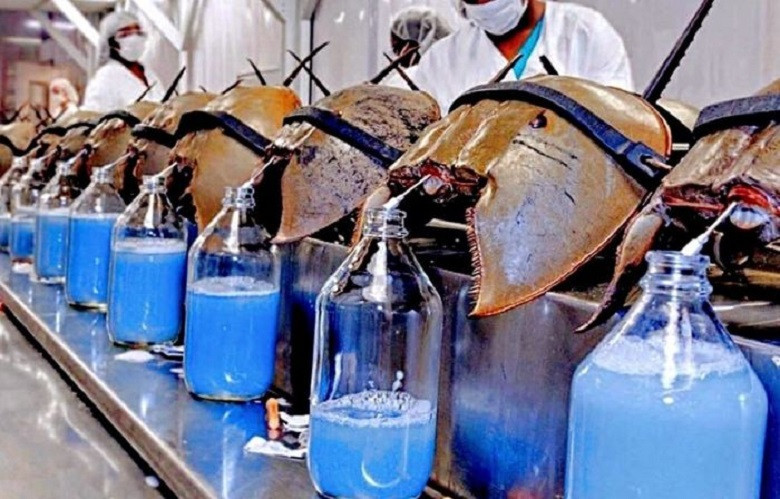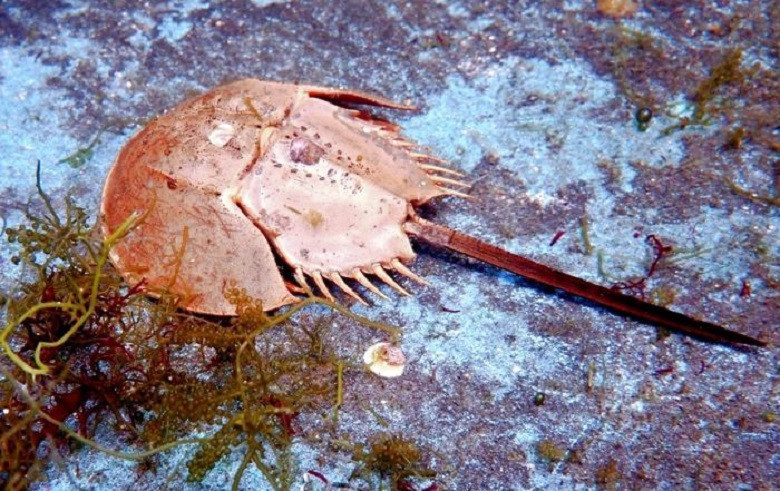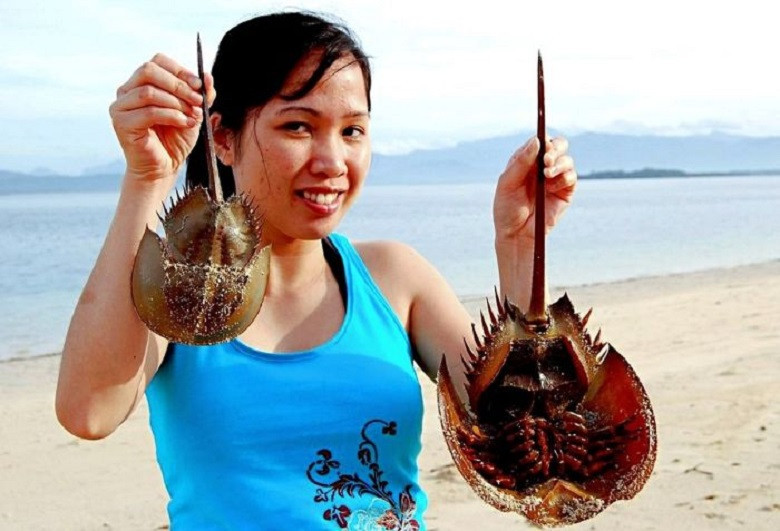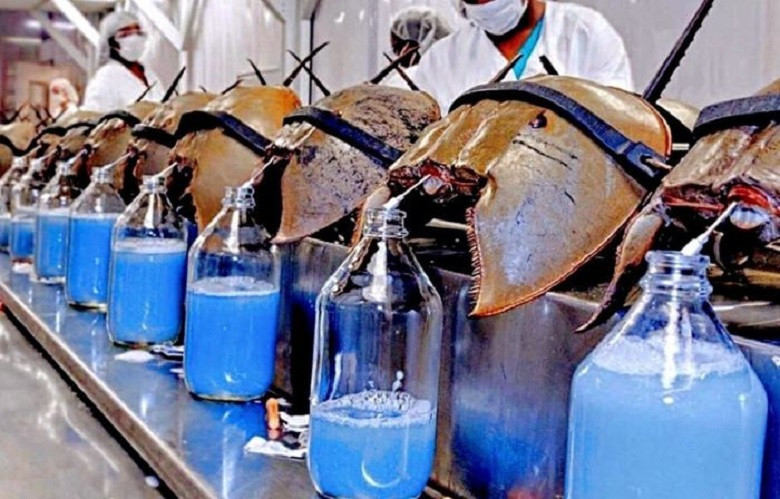Unveiling the Enigmatic World of the Horseshoe Crab
Venture into the depths of the oceanic realm and encounter the illustrious horseshoe crab, a creature shrouded in mystery and antiquity.

Behold these ancient beings, the most eccentric and enduring inhabitants of our planet, as we delve into their fascinating origins and peculiar characteristics that have withstood the test of time.
Ancestral Origins and Evolutionary Stagnation
These enigmatic beings, akin to revived fossils, made their grand debut on Earth a staggering 400,000,000 years ago, coexisting with the emergence of centipedes and bony fish. While their contemporaries have undergone remarkable evolutionary transformations over millennia, the horseshoe crabs have remained virtually unchanged, persisting in their timeless existence as they leisurely prowl the ocean floor.

Surprisingly, their closest relatives are arachnids, despite their stark outward differences. While spiders have undergone significant evolutionary adaptations, the horseshoe crabs have defied the forces of change, preserving their ancestral characteristics over eons. Comprising of an abdomen, head, and distinctive paws, these maritime denizens utilize their appendages for capturing prey, mating rituals, and respiration with a unique fusion of gills and "first paws" acting as specialized tools for survival.
A Glimpse into the World of the Horseshoe Crab
The eyes of these sea creatures, though numerous, betray a limited visual acuity, only discerning blurred shadows at a distance while requiring close proximity for clear vision. Their preference for sunlit shallows, rarely venturing beyond 35 meters deep, is attributed to the abundant food sources that populate these waters. However, this proximity to shore also exposes them to the perils of human exploitation, particularly in regions like Asia and the eastern United States, where these peculiar creatures are either consumed or utilized for their precious "diamond" blood.

Most prevalent in the waters surrounding Asian coasts, with a smaller population inhabiting the Atlantic Ocean near North America, horseshoe crabs face the dual threats of ecological exploitation and human consumption. It is in the blood of these aquatic beings that lies a treasure as valuable as a diamond, coveted for its life-saving properties that have garnered significant attention in the medical field.
The Remarkable Blood of the Blue-Blooded Creatures
Dubbed as the "diamond" blood, the cobalt-hued liquid possesses a protein known as coagulogen that bestows unparalleled healing properties. Priced at approximately 11,000,000 US dollar per liter, this blue elixir has the remarkable ability to coagulate upon encountering toxins or bacteria, encapsulating and neutralizing harmful agents within its viscous embrace. Such innate immunity to infections has elevated the horseshoe crab's blood to a critical resource in medical applications, revolutionizing diagnostic testing and surgical procedures.
Balancing Act: Conservation and Utilization
The harvesting of coagulogens from horseshoe crabs, while vital for accelerating medical procedures and enhancing patient outcomes, poses a significant threat to the species' sustainability. With up to 30% of their precious blood extracted during collection, many individuals experience adverse consequences, disrupting their natural mating cycles and contributing to population decline. However, recent initiatives establishing nurseries for these sea donors offer a glimmer of hope, facilitating sustainable blood collection practices while safeguarding the vitality of these ancient beings.

In conclusion, the world of the horseshoe crab unveils a mesmerizing tapestry of resilience, adaptation, and symbiosis with humanity. From their primordial origins to their invaluable contributions to modern medicine, these enigmatic creatures stand as a testament to the enduring wonders of the natural world, inspiring awe and curiosity in those who seek to unravel the secrets of the deep blue seas.

















Comments
0 comment